Betsy Snyder shares ideas on The Children’s Book Review for teaching a child or grown-up to write haikus.
For both my haiku books, I Haiku You and Haiku Baby, I learned to write haiku along the way. I was an illustrator—hardly an accomplished poet—but I had a hunch both book ideas were unique and hoped I could make haiku feel more friendly to a younger age group. I was a kid in the swimming pool of haiku, but with book contracts in hand, I just had to take a deep breath, dive in, and believe I could learn to swim.
Looking back, I think being a beginner was a blessing in some ways. My inexperience forced me to follow my instincts and gave me a fresh perspective that aligned well with the sensibilities of both children and haiku.
Here are some tips I’ve learned on my own journey of writing haiku for children:
7 Tips for Writing Haiku for Children
1. Be true to haiku
Know what makes a haiku a haiku. Study the masters. Respect the rules before you decide to break them.
For Haiku Baby, I wanted to honor traditional haiku by letting nature be the star. I incorporated a kigo, or season word, and set each haiku in a certain season, arranging the book from spring to winter. I also let aspects of Asian art influence the colors and textures of my illustrations. To add educational value, I did cheat a bit by adding a key word as a “title” (which is somewhat taboo for haiku)—but also paired the English word with its kanji counterpart.
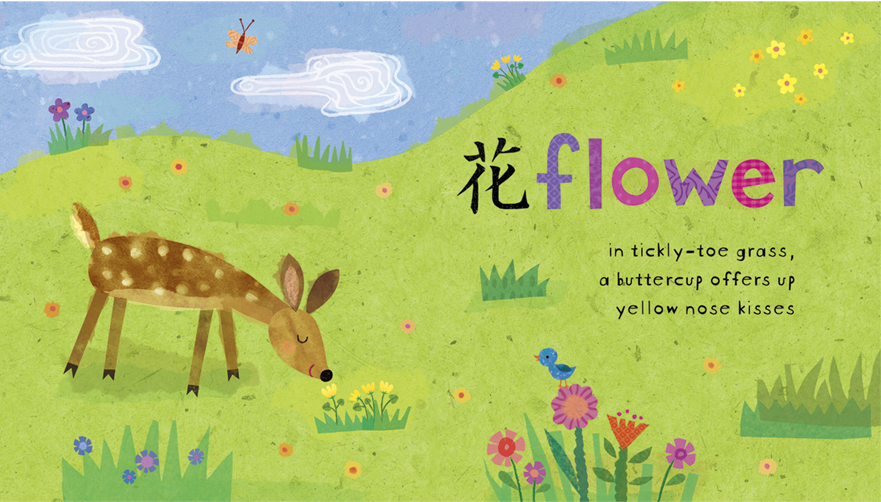
The theme of I Haiku You required a divergence from tradition. I took some liberties with subject matter, focusing on objects and moments of affection rather than on nature. But true to haiku, I again used the seasons to establish an order for the entire collection.
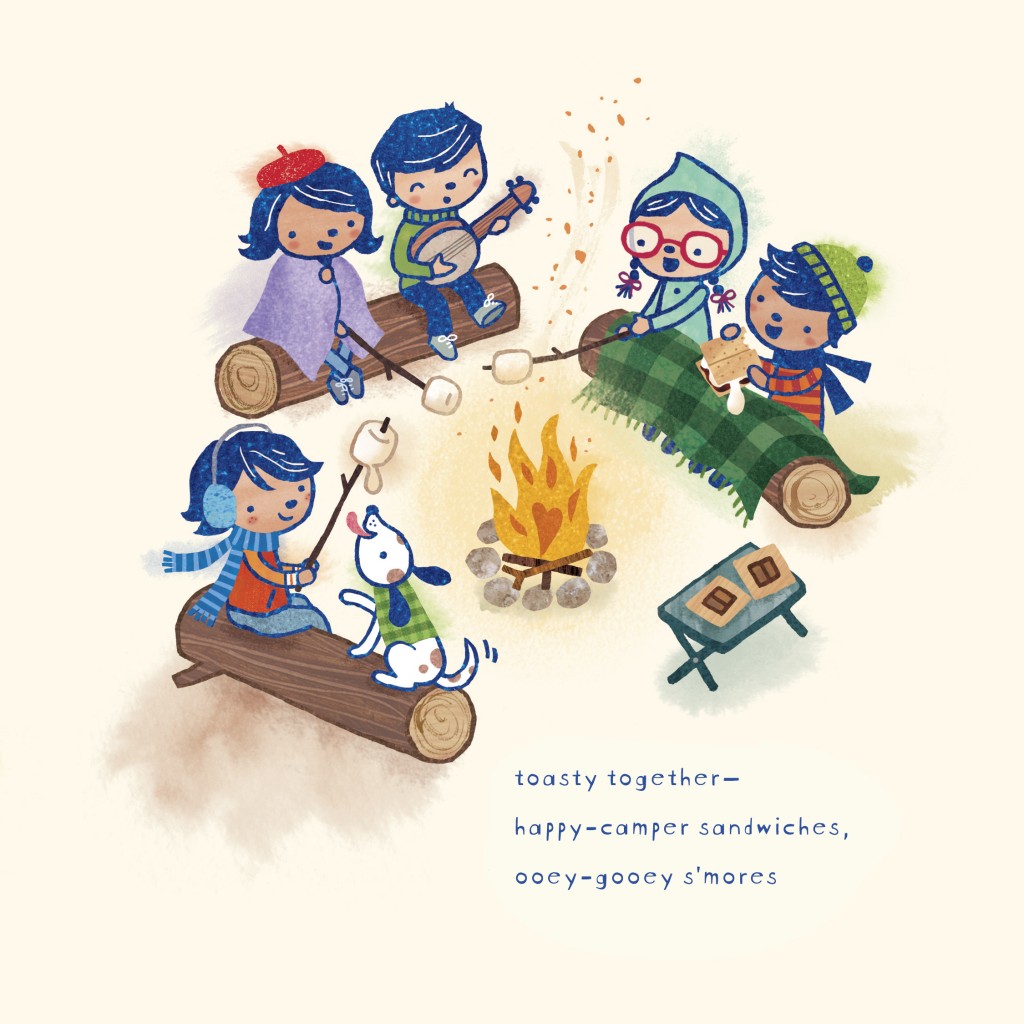
2. Think inside the box
The structure of haiku doesn’t have to limit creativity. While opinions vary on whether haiku written in English should maintain the 5-7-5 syllable pattern, for me, sticking to that framework felt right. I thought the cadence and repetitive rhythm would be appealing to children. The defined format also gave me something to hold on to and boundaries to work within (and push)—it forced me to focus and to commit. I found I enjoyed the challenge of fitting seventeen syllables into a three-line word puzzle.
3. Show off your tricks
When you begin writing haiku, pull out all your props. Consider techniques like metaphor, simile, contrast, riddles and puns to build in relationships. These devices can add a level of playfulness and humor to haiku that kids will surely appreciate. Here’s a great reference: http://www.ahapoetry.com/haiartjr.htm
Next, learn to juggle. Jumble up the words and see where they fall. It’s all about mixing and matching until every word has made a happy landing.
Finally, do a flip (I learned this stunt from my editor Heidi). Once you have the haiku written, swap the first and third lines and see what happens. You want the epiphany—or the aha moment—to happen at the end. Sometimes this simple switcheroo is all it takes to make a haiku sparkle.
4. Use your ears
Haiku isn’t just about the rhythm of the syllables. It’s also about the sounds and how it feels to say the words. Read your haiku aloud and fix the places where your tongue gets tied.
While it’s not traditional, I incorporated techniques like alliteration, onomatopoeia, and even rhyme into my haiku. Some people might tell you not to do that, but I think kids are attracted to the sing-songy sounds that bouncy words can bring. Here’s an example from Haiku Baby:
splish-splash, puddle bath!
raindrops march in spring parade—
wake up, sleepy earth
5. Let go
By all means, go ahead and try to make that favorite word fit. When it does, it’s magical. But sometimes that word isn’t meant to be. If you love haiku, sometimes you have to let a word go and set it free. When that happens, pick up your trusty friend the thesaurus and take a detour. You’d be surprised—sometimes you actually find a more scenic route and realize you didn’t need that pesky ex-word after all.
Also, think like an editor (or recruit one). Are there extra words that are just filler? Are you cheating to get the right number of syllables? Every word counts—if you don’t need it, ditch it.
6. Paint a picture
Haiku are often described as word-pictures—a well-written haiku should conjure up an image in your mind and capture a moment in time. Probably because I’m an illustrator, I think visually first, and then search for the words to describe the scene in my head. So close your eyes, put yourself in the moment, and write what you see.
If your haiku will be accompanied by art, remember that the words and the pictures need to work together. Make the pairing thoughtful, unique, and not overly obvious or redundant. Weave in surprises and details and let the art add to the moment. In Haiku Baby, I included a little blue bird as a recurring character on every page. The haiku were written to work on their own, but the bird brought a special something that kids could follow from scene to scene.
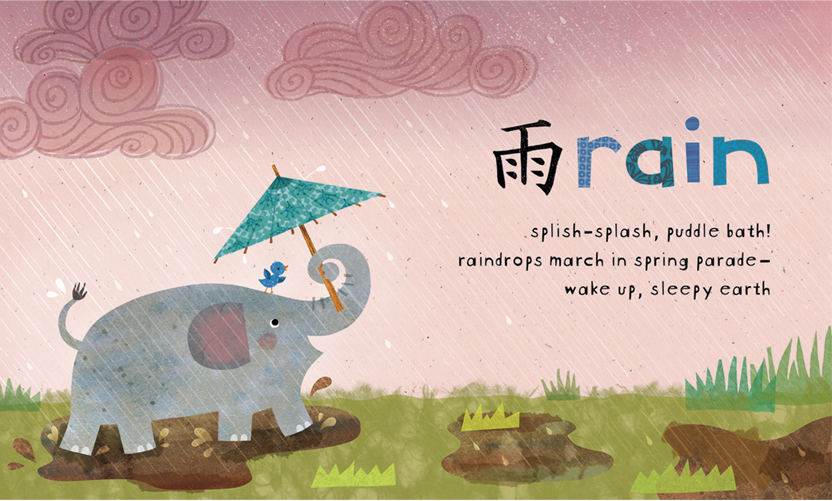
7. Adopt a new point of view
Think like a kid—or at least remember what it’s like to be a kid. Drawing parallels to a child’s world can bring a warmth and intimacy to haiku that kids can really connect to. Put yourself in a childhood moment and embrace it. What new experiences are your young readers having? What would it be like to meet a raindrop, a flower, a snowflake for the very first time? These are questions I asked myself as I wrote Haiku Baby.
Writing I Haiku You was a different story. I knew I was aiming for a voice that was both personal and universal—and that it wouldn’t be an easy feat. I wasn’t happy with my early haiku drafts—they were either too distant, too disconnected or too serious. I needed the haiku to communicate a close relationship but in a lighter, less romantic way.
Turns out my muse was sappy kids’ valentines. I know (*cringe)—but these corny riddles and jokes kept popping in my head (excuse the pun) and finally I decided to listen. When I began to think of each haiku as a valentine, things finally clicked and I wrote this haiku, which became my model for all the others in the book:
you be my jelly,
i’ll be your peanut butter—
let’s stick together!
Turns out shifting from a third person to a second person point of view made all the difference. I was able to capture a more playful, heartfelt sentiment. Second person also allowed me to get the haiku to work on two different levels—as a valentine from a parent to a child and as a valentine from a child to an object of affection. I had found a way to make the two voices work together.
On my haiku adventures, perhaps the greatest thing I’ve learned, or at least affirmed, is that kids and haiku belong together. They are both good for the soul. They help us see the world in a more open and intimate way. They teach us to appreciate life’s simple, everyday moments. And they remind us to embrace the little things—most especially, the little ones we love.
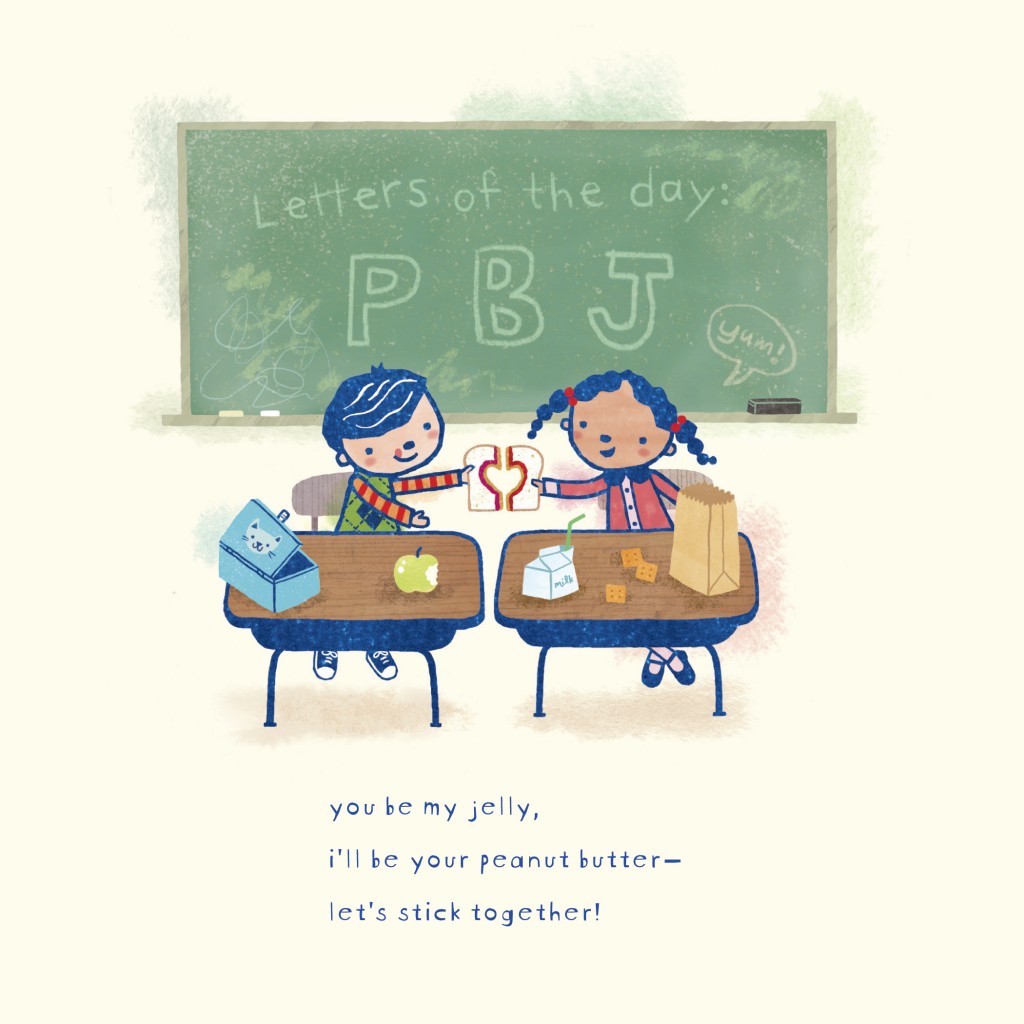

About Betsy Snyder
Award-winning author and illustrator Betsy Snyder creates smile-inspiring art for kids and the young at heart. You can see her colorful collages and endearing characters on all kinds of things, from children’s books to board games to stickers to greeting cards. Her work in publishing and social expressions has won much acclaim, most recently a place in the Society of Illustrator’s The Original Art 2012 exhibition for her illustrations in the book TONS OF TRUCKS.
Betsy lives in northeast Ohio and shares a studio with her graphic-designer husband.
For more information about Betsy Snyder, visit: http://www.betsysnyder.com, @betsysnyderart on Twitter, and Facebook.
Add these books to your collection: I Haiku You and Haiku Baby
If Betsy Snyder’s “The Art of Writing Haiku for Kids” was right up your alley, we think you’ll enjoy receiving tips for writing from Jordan Jacob’s article, The Art of Writing About What You Know & Love, too!

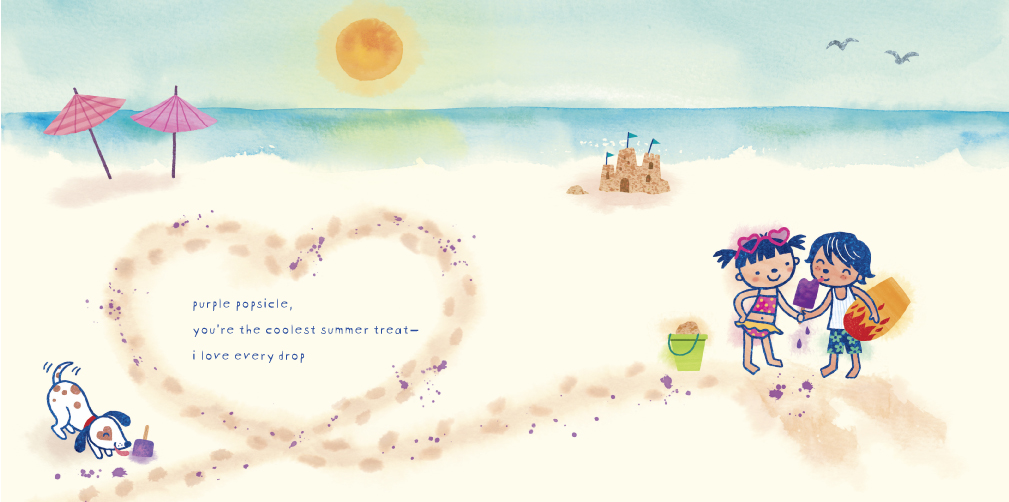

2 Comments
Pingback: Behind the Scenes of I Haiku You + a Giveaway « TWO WRITING TEACHERS
Pingback: NPM Challenge: Leaping Into Type – Haiku (Conclusion) | TiaMart Blog